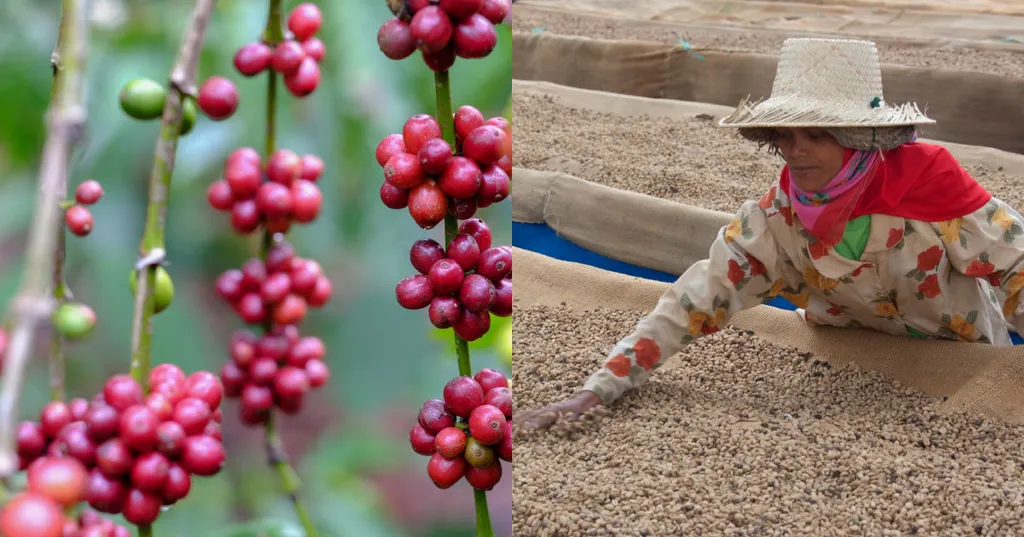In the rolling highlands of Malang Regency, Indonesia, a quiet revolution is brewing—one that could reshape the future of the global coffee industry. A recent study published in *Advances in Food Science, Sustainable Agriculture, and Agroindustrial Engineering* has lifted the lid on the power imbalances and socio-demographic barriers that have long plagued the Robusta coffee value chain in this region. The research, led by Yuswono Hadi of Universitas Ma Chung, offers a stark but hopeful glimpse into the challenges and opportunities facing smallholder farmers, who form the backbone of Indonesia’s coffee sector.
Indonesia, the world’s fourth-largest coffee producer, relies heavily on smallholder farmers, who make up 98% of producers. Yet, these farmers often find themselves marginalized within their own value chain. The study, which surveyed 2,122 smallholder farmers and interviewed 26 traders, revealed a deeply concentrated market structure. Just four local collectors control 58% of the trade, while a single exporter dominates 68% of production. Despite generating 89% of the value-added in the coffee supply chain, farmers retain only 50% of the consumer price—a stark indicator of systemic exploitation.
“Farmers are bearing the brunt of labor while intermediaries capture disproportionate profits,” said Hadi, the lead author of the study. “This imbalance not only stifles innovation but also perpetuates cycles of poverty among smallholder communities.”
The research also highlighted the socio-demographic challenges that further compound these issues. An aging workforce, with 92.5% of farmers over 45 years old, coupled with low female participation (just 8.33%), creates a fragile ecosystem that struggles to adapt to modern agricultural practices. These demographic vulnerabilities make it difficult for farmers to compete in an increasingly globalized market.
The study’s integration of the Structure-Conduct-Performance (SCP) framework and Value Chain Analysis (VCA) offers a unique lens through which to view these challenges. By exposing how market concentration enables intermediaries to externalize costs, the research underscores the urgent need for policy interventions. Hadi and his team propose digital transparency tools, farmer cooperatives, and certification subsidies as key strategies to rebalance power dynamics within the value chain.
“Digital tools can empower farmers by providing real-time market data, while cooperatives can help them negotiate better prices,” Hadi explained. “Certification subsidies can also incentivize sustainable practices, ensuring long-term viability for both farmers and the environment.”
The findings have significant commercial implications for the agriculture sector. By addressing these systemic inefficiencies, the coffee industry could unlock new opportunities for growth and sustainability. Farmer cooperatives, for instance, could reduce reliance on exploitative intermediaries, allowing smallholders to capture a larger share of the consumer price. Digital transparency tools could streamline supply chains, reducing costs and improving traceability—a growing priority for consumers and retailers alike.
Moreover, the study’s emphasis on demographic reforms, such as youth engagement programs and gender-inclusive governance, could help modernize the sector. Attracting younger generations and increasing female participation could inject fresh energy and innovation into the industry, ensuring its long-term resilience.
As the global coffee market continues to evolve, the insights from this research could shape future developments in value chain governance. By addressing power imbalances and socio-demographic barriers, the industry can create a more equitable and sustainable future for smallholder farmers—and, by extension, for coffee lovers worldwide.
The study, published in *Advances in Food Science, Sustainable Agriculture, and Agroindustrial Engineering*, offers a roadmap for change, one that could redefine the coffee industry’s trajectory in the years to come.

